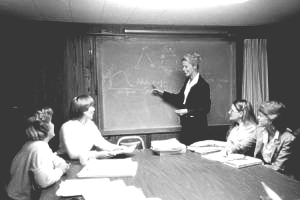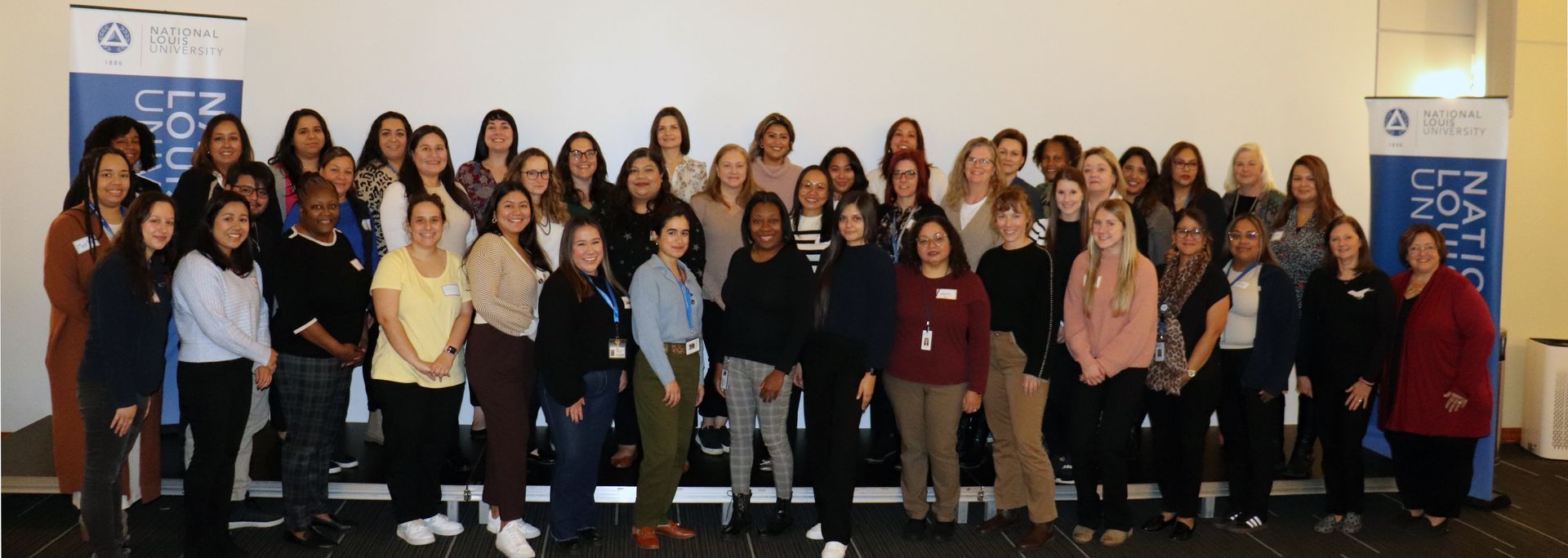This document may be printed, photocopied, and disseminated freely with attribution. All content is the property of the McCormick Center for Early Childhood Leadership.
Organizing documentation is an important part of an Administrative Rating Scale assessment. So, where do you begin? At first, organizing your paperwork can seem like a daunting task; however, the four tips below will help you get your papers in order and make the task more manageable. To show how these tips can be implemented, examples have been provided for each as they relate to the Program Administration Scale (PAS) for center-based child care and the Business Administration Scale for Family Child Care (BAS).
1. Use the Documents for Review Resource – The Documents for Review Resource is available to help you stay organized.
Example: The Documents for Review Resource for both the PAS and the BAS is organized by item. There is a page for each item that includes the indicators strands, and the theme of that strand, criteria needed to receive credit, and a list of possible types of documentation that might include the necessary information. The PAS Documents for Review Resource and the BAS Documents for Review Resource are available online. In addition, there is a short version of the BAS Documents for Review Resource in the BAS book on pages 30-31.
2. Create file folders – Label one file folder for each item. Place the file folders in a box in numerical order.
Example: If you were using the PAS book, you would have a file folder labeled Item 1: Staff Orientation, one labeled Item 2: Supervision and Performance Appraisal, and so on. For the BAS, your file folders would be labeled Item 1: Qualifications and Professional Development, Item 2: Income and Benefits, and so on.
3. Label, highlight, or flag documents – Put the item and indicator number on the document, highlight the text that applies to the indicator, or put a Post-It Note with the item and indicator number near the text that applies to the indicator, and place it in the corresponding file folder.
Example: For the PAS, if you have a copy of your budget, with line item breakdowns, you would put it in the file folder labeled, Item 12: Budget Planning, and label the document Item 12, 3.2 and 5.2, because it meets the documentation requirements for both of these indicators. For the BAS, you would put a copy of the budget in the file folder labeled Item 4: Fiscal Management, and label the document Item 4: 5.1.
4. Determine how to organize documentation that applies to several items – There is some documentation that might be needed as evidence for several items—such as an employee handbook or a parent handbook.
Example: Your employee handbook might include information about a new employee orientation needed for Item 1 in the PAS as well as information about employee benefits needed for Item 5 in the PAS. You don’t need to have a copy of the entire handbook in each item folder that requires a part of it for documentation. Simply copy and highlight the page from the handbook that documents what is needed for that item, label with the item and indicator number, and place it in the file folder. Have one original copy of the handbook available for assessors to use, if needed.
Having a place to put documents as you go through the scale books will help you feel less overwhelmed. Try to organize one item at a time, and before you know it, you’ll have a system in place and the task will be complete!
Paula Steffen has been an assessor and training specialist for the McCormick Center for Early Childhood Leadership at National Louis University for the past seven years. She has previous experience as a center director and professional development coordinator for INCCRRA.






